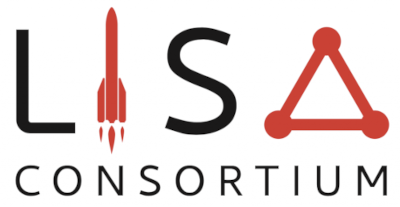Speaker
Description
Detecting stochastic gravitational wave backgrounds (SGWBs) with the Laser Interferometer Space Antenna (LISA) is one of the mission's scientific objectives. Disentangling SGWBs of astrophysical and cosmological origin is a challenging task, further complicated by the limited instrumental noise knowledge.
Various algorithms for simultaneous fit of noise and signal exist in literature, either leveraging templated inference for both or just one. In this study, we introduce a weakly-parametric approach by implementing an inference based on Gaussian Processes: it can be applied in various contexts with great flexibility both in SGWB and noise modelling.
We assess the effectiveness of our approach for signals with unknown spectral shapes by systematically exploring the model hyperparameters—a milestone towards a more efficient trans-dimensional exploration.
To validate our method, we apply it to the realistic scenario of Extreme Mass Ratio Inspiral (EMRI) backgrounds. Given the complexities of EMRI's gravitational-wave waveform and uncertainties related to the underlying astrophysical population, a completely agnostic modeling approach is recommended.
Our findings show robustly that our algorithm is capable of recovering the injected signal with large and uninformative priors, while simultaneously inferring on the noise level.
In addition, I will present ongoing improvements of the algorithm specifically targeting non-stationary signals originating from anisotropic source distributions, with encouraging results.
